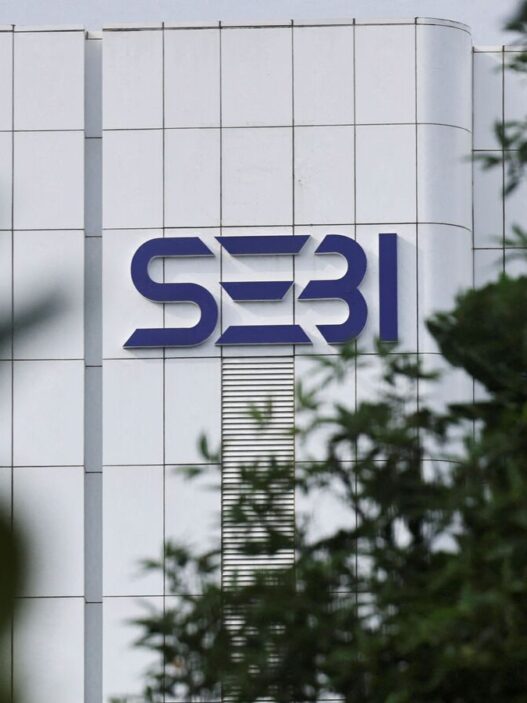One of the notable changes is the relaxation of eligibility criteria, which may seem like a welcome step. However, the new framework imposes burdensome obligations that could hinder RAs’ ability to operate effectively.
The minimum qualification requirement for an individual RA or a principal officer of a non-individual RA has been reduced to a graduate degree in a finance-related field. Additionally, the previous requirement of five years of experience in securities-related activities has been completely removed. While this change lowers entry barriers for an individual seeking registration as an RA, it also raises concerns about the research quality provided by them, as individuals with only a finance-related graduate degree can now register with Sebi and issue research reports without any prior experience in the securities market.
A more balanced approach might have been to introduce a reduced but reasonable experience threshold instead of its outright elimination.
Research analysts vs investment advisers
Several other changes introduced in the regulatory framework for RAs appear to be aimed at aligning their obligation with those applicable to investment advisers (IAs). However, such an alignment may be misplaced, given the fundamental differences in the nature of work performed by these two Sebi-registered intermediaries.
One such change is the introduction of ensuring client-level segregation, which mandates that an RA can either offer research services or distribution services (at a group level) to a client, but not both. This requirement was originally introduced for IAs to prevent conflicts of interest, with the object of ensuring that an IA does not earn distribution income/commission from the very securities they recommend to their clients.
Since IAs provide personalized advice and directly influence clients’ investment decisions, there was a risk that they might recommend securities based on the commissions they receive rather than the client’s best interests. However, applying this requirement to RAs overlooks a fundamental difference in their role–RAs do not offer personalized investment advice or influence client decisions in the same way. Instead, they issue independent research reports that are accessible to a broad audience and are inherently client-agnostic.
Given this distinction, a more appropriate regulatory measure could have been to introduce product-level segregation rather than client-level segregation. Under such a framework, an RA could be restricted from earning distribution income from a security on which it has issued a research report or recommendation. However, it could still provide both research and distribution services to the same client, as long as it does not receive distribution income from the securities it covers in its research.
Also read | Why you cannot complain to Sebi about unregistered investment advisors
Another notable change is the introduction of a fee cap for RAs, which limits the maximum fee chargeable to ₹1.51 lakh per annum per family of a client, the same as what applies to IAs. However, this change fails to account for the fact that IAs have the flexibility to charge fees under the assets under advice (AUA) model, where they can charge up to 2.5% of the AUA.
Thus, the maximum fee an IA can charge is the higher of ₹1.51 lakhs or 2.5% of the client’s AUA. This means that if a client’s AUA is significant, say ₹10 crore, an IA could charge up to ₹25 lakh per annum. In contrast, an RA, which does not manage AUA, is confined to the flat fee cap of ₹1.51 lakhs, regardless of the complexity or value of the research provided. This, along with client-level segregation requirements, may significantly impact the profitability of an RA.
Further, RAs have now been mandated to conduct KYC of their clients and maintain records of all communications (including call recordings, SMS, emails, and even physically signed documents) for a mandatory period of five years. Notably, this obligation applies not only to existing clients but also to potential clients. This requirement may impose unnecessary compliance burdens and additional costs on RAs given the nature of services offered by them.
Unlike IAs, who provide investment advice based on the client’s goals and risk profile, RAs operate on a security-specific, client-agnostic model. Their role is limited to analysing securities and issuing research reports or recommendations, which are not dependent on the client’s interactions (which are minimal anyway). Moreover, as opposed to IAs, RAs do not have any assets under advice or offer implementation/execution services. Thus, imposing KYC and record-keeping obligations appears misplaced and could create an undue compliance burden without any tangible benefits.
Taken together, these newly introduced obligations seem to impose a disproportionate compliance burden on RAs, which may inadvertently drive many smaller RAs out of the market. While Sebi’s intent may have been to expand access to high quality research through registered entities, these measures could achieve the opposite effect, acting as a deterrent rather than an enabler. Before the research industry heads into a bearish trend, it may be time for Sebi to reassess its position.
Shivaang Maheshwari is an associate in the fintech and financial regulatory team at Khaitan & Co. Views expressed are personal.
Also Read: How Sebi’s reforms could transform India’s investment advisory landscape












